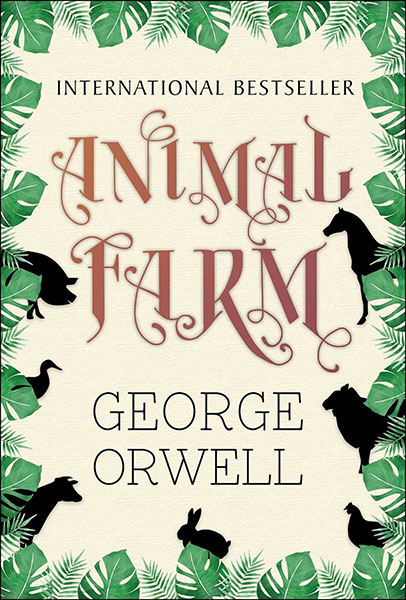
Ulysses
First published in 1920, ‘Ulysses’ is a seminal novel by James Joyce, an Irish novelist, short story writer, poet, and literary critic. He contributed to the modernist avant-garde movement and is regarded as one of the most influential and important writers of the 20th century. The narrative, which is set in the Irish capital Dublin, follows the two central characters of Leopold Bloom and Stephen Dedalus. Different subjects are discussed and contemplated upon ranging from Irish history and nationalism to anti-Semitism, art, literature, sexual desire, marital infidelity, death, religion, and theology. In each episode, Joyce draws resemblances between his own story and Homer’s classic epic poem The Odyssey, often borrowing the names of its heroes and places and invoking its main themes. Joyce’s novel is characterized by experimentation, the extensive use of symbolism, figures of speech, allusive language, metaphorical language, and parody.
BEST DEALS
About the Author
A profound influence of literary innovations of Irish writer James Augustine Aloysius Joyce on modern fiction includes his works, Ulysses (1922) and Finnegans Wake (1939).
People note this novelist for his experimental use of language in these works. Technical innovations of Joyce in the art of the novel include an extensive use of interior monologue; he used a complex network of symbolic parallels, drawn from the mythology, history, and literature, and he created a unique language of invented words, puns, and allusions.
John Stanislaus Joyce, an impoverished gentleman and father of James Joyce, nine younger surviving siblings, and two other siblings who died of typhoid, failed in a distillery business and tried all kinds of other professions, including politics and tax collecting. The Roman Catholic Church dominated life of Mary Jane Murray, an accomplished pianist and his mother. In spite of poverty, the family struggled to maintain a solid middle-class façade.
Jesuits at Clongowes Wood college, Clane, and then Belvedere college in Dublin educated Joyce from the age of six years; he graduated in 1897. In 1898, he entered the University College, Dublin. Joyce published first an essay on When We Dead Awaken , play of Heinrich Ibsen, in the Fortnightly Review in 1900. At this time, he also began writing lyric poems.
After graduation in 1902, the twenty-year-old Joyce went to Paris, where he worked as a journalist, as a teacher, and in other occupations under difficult financial conditions. He spent a year in France, and when a telegram about his dying mother arrived, he returned. Not long after her death, Joyce traveled again. He left Dublin in 1904 with Nora Barnacle, a chambermaid, whom he married in 1931.
Joyce published Dubliners in 1914, A Portrait of the Artist as a Young Man in 1916, a play Exiles in 1918 and Ulysses in 1922. In 1907, Joyce published a collection of poems, Chamber Music .
At the outset of the Great War, Joyce moved with his family to Zürich. In Zürich, Joyce started to develop the early chapters of Ulysses, first published in France because of censorship troubles in the Great Britain and the United States, where the book became legally available only in 1933.
In March 1923, Joyce in Paris started Finnegans Wake, his second major work; glaucoma caused chronic eye troubles that he suffered at the same time. Transatlantic review of Ford Madox Ford in April 1924 carried the first segment of the novel, called part of Work in Progress. He published the final version in 1939.
Some critics considered the work a masterpiece, though many readers found it incomprehensible. After the fall of France in World War II, Joyce returned to Zürich, where he died, still disappointed with the reception of Finnegans Wake.












